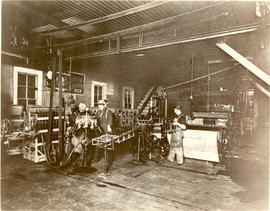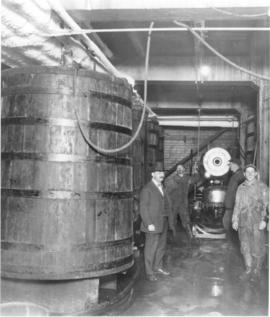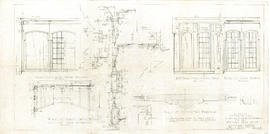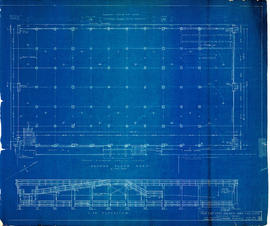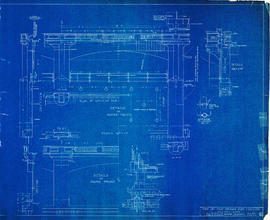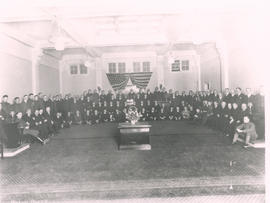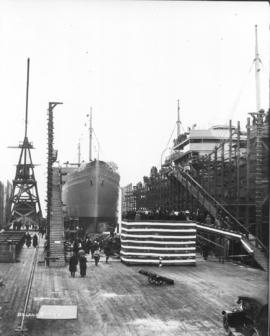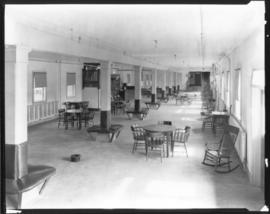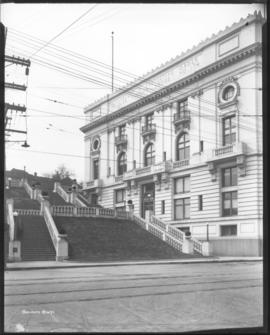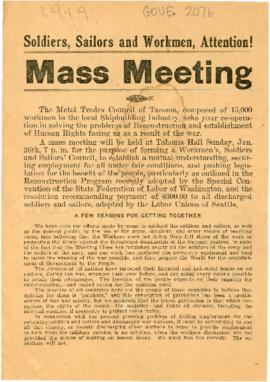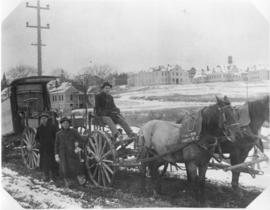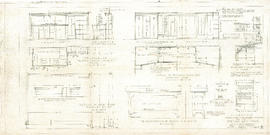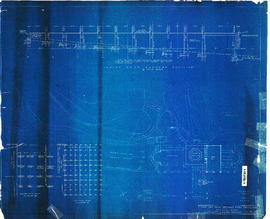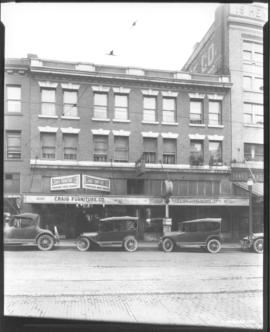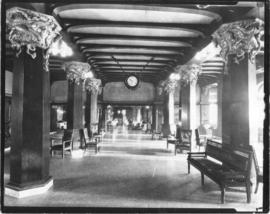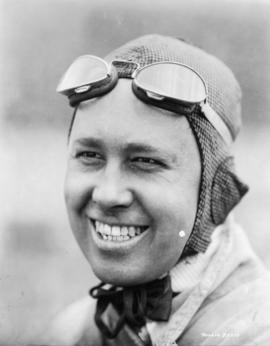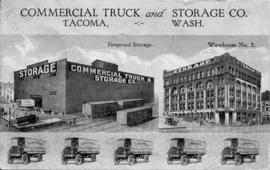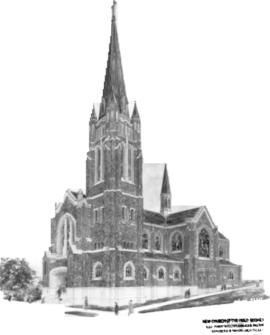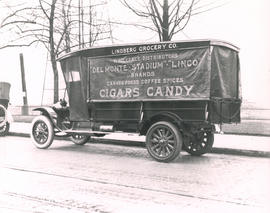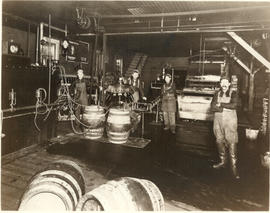Twenty three technical drawings for the Point Defiance Pavilion, created by A.J. Russell and Earl N. Dugan, submitted in a series of "units" over 5/6/1919, 2/22/1921 and 3/22/1925. While the name Point Defiance Pavilion sometimes refers to the octagonal structure on what is now the Point Defiance Marina, these plans refer to the structure closer to the water which often took the same name. According to Edwin D. Ferris' original designs, this structure was originally a bathhouse, then became a restaurant and finally converted to an aquarium before the building was destroyed by a fire in 1972.
Earl N. Dugan was born in Perry, Iowa and graduated from the University of Illinois in 1906. After working for a short while in Chicago and San Francisco, he arrived in Tacoma working independently as a draftsman. This led to partnerships with Sutton, Whitney and Dugan as well as Mock, Morrison and Dugan. Dugan was the founding member of the Tacoma Society of Architects and would sometimes use this platform to secure contracts through free consultation, as was the case for the Point Defiance Pavilion.
Ambrose James (sometimes Janvier) Russell was born in Trivandrum, India to a Scottish missionary. Russell studied at the University of Glasgow and the Ecole des Beaux Arts before coming to America in 1884. In 1895, Russell was the Director of the Watercolor Sketch Club, which displayed work at the Ferry Museum (now the Washington State Historical Society) and curated work from future partner Everett Phipps Babcock. In 1896, Russell was appointed a Professor of Architecture at the University of Washington in Seattle.
Russell formed partnerships with Albert Walter Spaulding and Frederick Henry Heath in 1901, Everett Phipps Babcock in 1905, H.G. Ripley in 1908, Walter E. Rice and Irving Harlan Thomas in 1908 and finally Gaston Lance, A. Gordon Lumm and Irwin Muri in 1930. Russell was a member of the American Institute of Architects, Secretary of the Tacoma Society of Architects and a Mason. When Russell passed, three of his Pallbearers were architects featured in this collection: Gaston Lance, Ernest Mock and Earl N. Dugan.
